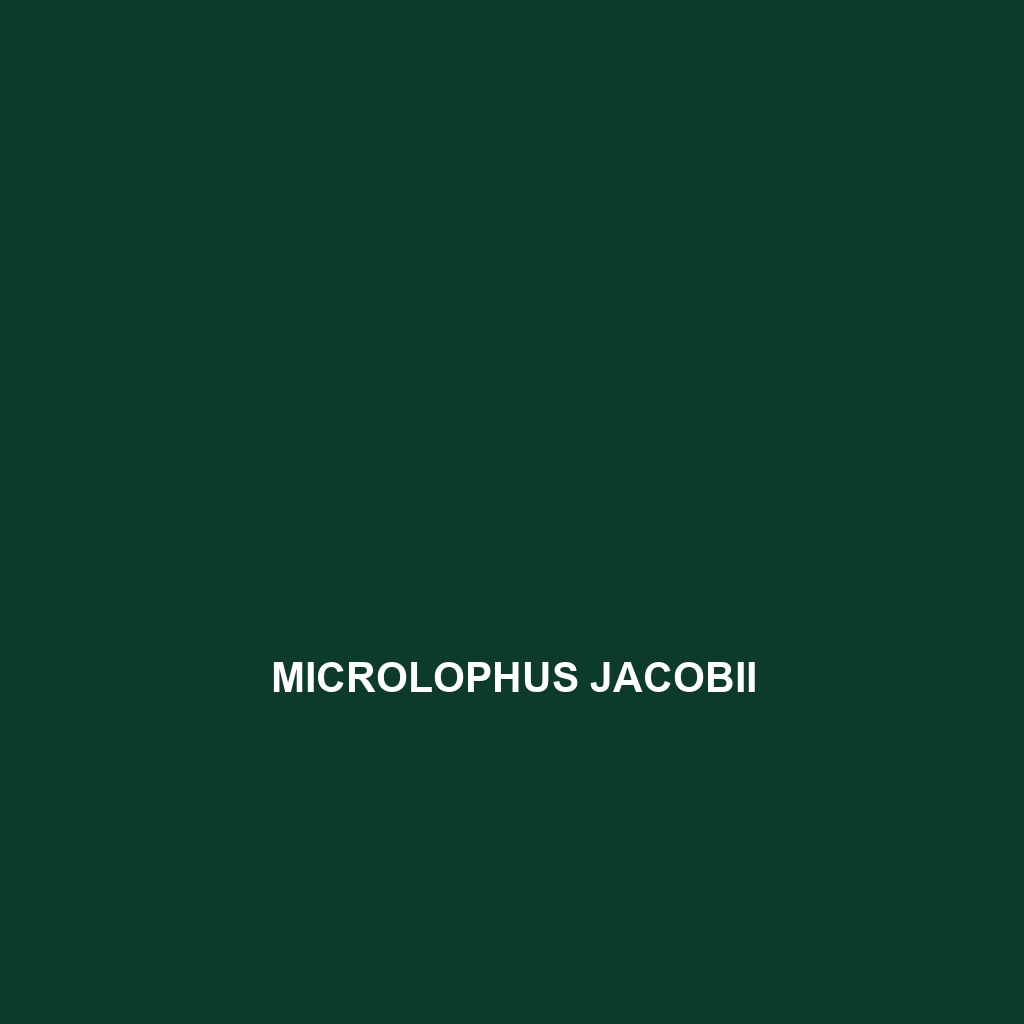Common Name
Microlophus indefatigabilis
Scientific Name
Microlophus indefatigabilis
Habitat
The Microlophus indefatigabilis, commonly found in the Galápagos Islands, inhabits coastal areas primarily characterized by arid climates. This species flourishes in ecosystems such as dry scrublands, marine habitats, and even rocky shorelines. These environments are essential for their survival as they provide ample basking spots and access to food. The Galápagos archipelago is known for its unique biodiversity, offering a variety of habitats ranging from marine environments to semi-arid regions, which support the diverse lifestyles of this remarkable species.
Physical Characteristics
The Microlophus indefatigabilis, often referred to as the indefatigable lava lizard, exhibits several distinct physical traits. Typically, these lizards measure between 20 to 25 centimeters in length, featuring a slender body and a long tail that aids in balance and maneuverability. Their coloration varies greatly, with hues ranging from sandy browns to striking reds, enabling them to blend seamlessly into their rocky surroundings. A notable characteristic is the presence of distinct dorsal scales, which give them a rugged appearance. The males of the species are often brighter in color than the females, especially during the mating season, displaying vivid patterns that attract potential mates.
Behavior
The Microlophus indefatigabilis is known for its active daytime behavior, often seen basking in the sun or foraging for food during the early morning and late afternoon hours. This species is typically solitary and territorial, with males defending their chosen areas from intruders. Their mating rituals involve elaborate displays, including push-ups and head-bobbing motions, which serve to display dominance and attract females. While not migratory, these lizards exhibit a strong ability to adapt to environmental changes, which allows them to thrive in the harsh coastal climates of the Galápagos Islands. Their agility and speed also help them evade predators effectively.
Diet
The Microlophus indefatigabilis is primarily an insectivore, feeding on a varied diet that includes insects, arachnids, and other small invertebrates. Their feeding patterns are opportunistic, utilizing their sharp vision and quick reflexes to catch prey. Occasionally, they may also consume plant matter, making them somewhat of an omnivore in their dietary habits. This varied diet plays a crucial role in maintaining the ecological balance of their habitat, as they help control insect populations while also serving as prey for larger predators.
Reproduction
The reproductive cycle of Microlophus indefatigabilis typically occurs during the warmer months, with mating season observed between January and March. Males engage in elaborate courtship displays to attract females, which may include vocalizations and posturing. Following successful mating, females lay clutches of 2 to 7 eggs in sandy or loose soil, usually during late spring. The gestation period lasts approximately 4 to 6 weeks before the eggs hatch. The hatchlings are independent from birth, and parental care is limited, as adults often do not tend to their young after laying eggs. This reproductive strategy allows for rapid population growth in favorable conditions.
Conservation Status
The Microlophus indefatigabilis is currently classified as Least Concern by the IUCN Red List. However, due to the unique ecosystems of the Galápagos Islands, the species faces several conservation challenges, including habitat destruction and climate change. Efforts to preserve the natural habitats of this lizard include invasive species management and habitat restoration initiatives. Ongoing monitoring and conservation activities are essential to maintain the health of their population, ensuring that they continue to thrive in their native environment.
Interesting Facts
One of the most fascinating aspects of the Microlophus indefatigabilis is its remarkable ability to adapt to the harsh environmental conditions of the Galápagos Islands. These lizards are capable of tolerating extreme temperatures by utilizing their basking behavior to regulate body temperature effectively. Additionally, they’re known for their unique defense mechanism, which includes rapid sprinting across rocky terrains, enabling them to escape from predators such as birds of prey and larger reptiles. Their unique adaptations underscore the evolutionary importance of this species within the Galápagos ecosystem.
Role in Ecosystem
The Microlophus indefatigabilis plays a critical role in its ecosystem as both a predator and prey species. As an insectivore, it helps regulate insect populations, contributing to the overall health of its habitat. Furthermore, serving as a food source for various birds and other reptiles, these lizards are integral to the food web on the Galápagos Islands. Their interactions with plant life through occasional herbivory also promote plant diversity and vitality within their ecosystem. Understanding the ecological dynamics surrounding Microlophus indefatigabilis highlights the importance of conservation efforts to preserve both the species and its habitat.
